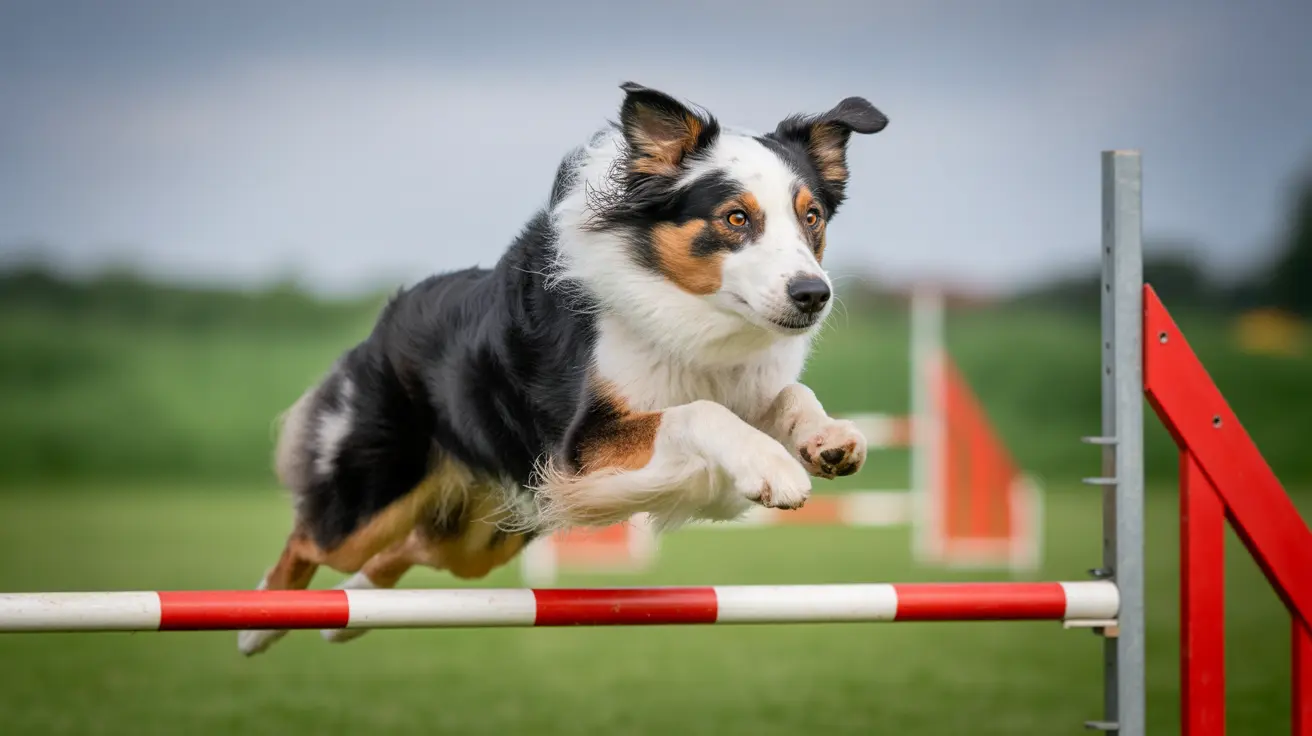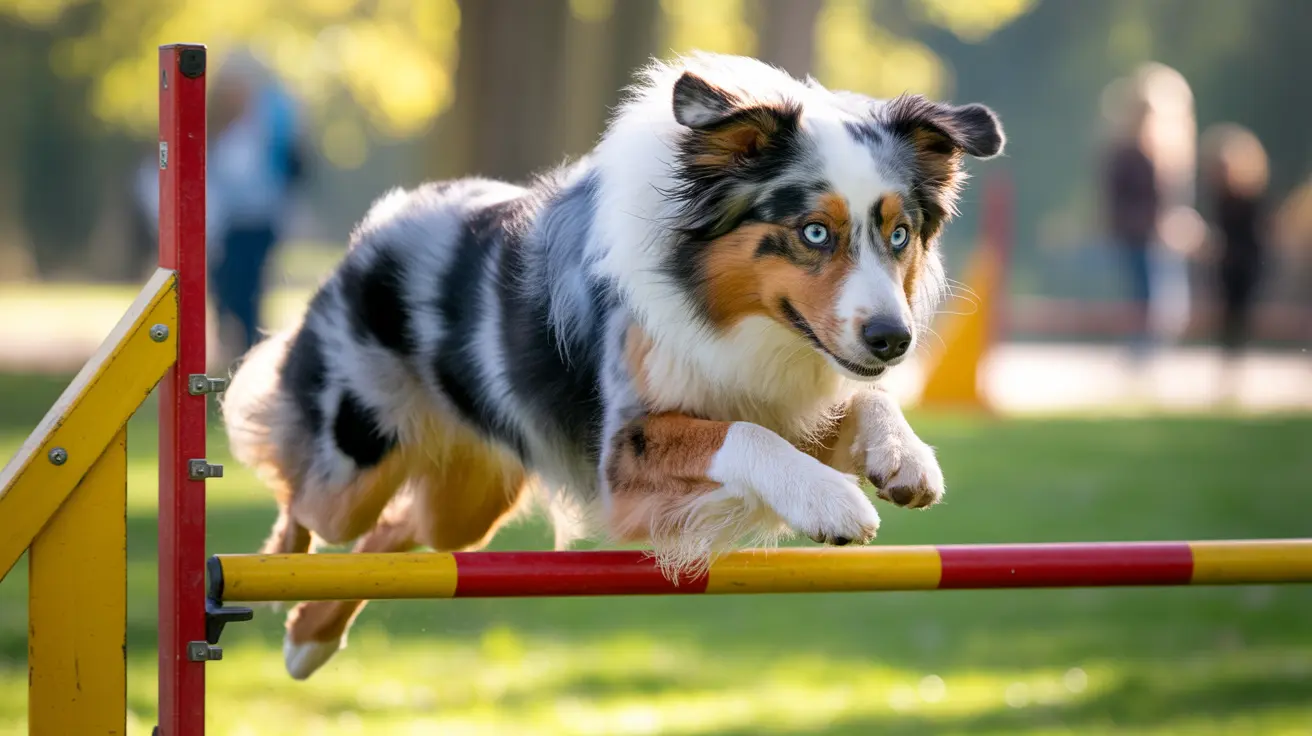Better Alternatives to Invisible Fences for Dogs
Invisible fences, while popular for their discreet appearance and perceived convenience, are not always the best solution for pet containment. Exploring alternatives can provide better safety, comfort, and clarity for your furry companion. This article delves into these alternatives to help pet owners make informed decisions.
Why Seek Alternatives to Invisible Fences?
Invisible fences rely on aversive static corrections and meticulous training. However, they have their limitations and risks that may concern responsible dog owners:
- Risk of injury: Static correction collars can cause skin issues and, if malfunctioning, may lead to repeated shocks.
- Behavioral issues: Dogs may develop anxiety, fear responses, or associate negative experiences with people or animals nearby.
- No external protection: The systems do not prevent intruders, stray animals, or wild life from entering the yard.
- Determined dogs may escape: Dogs with high drive may breach the boundary and resist returning due to recoil corrections.
- Reliance on equipment: Batteries and wire systems require consistent maintenance. Failures render the fence ineffective.
- Not suitable for all dogs: Puppies, anxious, sick, or sensitive dogs may react poorly to correction collars.
Top Alternatives to Invisible Fences
If you're evaluating what is better than an invisible fence, consider the following solutions that offer clearer physical and psychological boundaries:
1. Traditional Physical Fences
The most reliable and protective containment method:
- Security: Solid structures prevent both escapes and intrusions.
- Customizable: Available in wood, vinyl, chain link, or iron to match your home's aesthetics.
- Reliable: No risk of electrical malfunction or collar issues.
- Clear boundaries: Dogs easily understand visible boundaries, reducing confusion and anxiety.
Drawbacks: Higher upfront costs, local permit requirements, and unsuitability for large or irregularly shaped properties.
2. Leash Walking
Ensure outdoor time with maximum supervision and bonding:
- Supervised control: You are there to guide, correct, and keep the dog safe at all times.
- Exercise and training opportunity: Walks serve as both physical activity and behavior reinforcement.
- Great for socialization: Introduces dogs to various environments under your close watch.
Drawbacks: Requires time commitment and availability of walking routes.
3. Long Training Lines
An excellent in-between for open space freedom and safety:
- Freedom with limits: Dogs can explore open spaces like backyards or fields while remaining under control.
- Training support: Long lines help teach recall and reinforce boundary training.
- Simple and affordable: Requires minimal equipment and setup effort compared to fencing.
Drawbacks: Not a fixed solution—requires supervision and may tangle easily.
4. Playpens and Exercise Pens
Ideal for small spaces or young puppies:
- Portable and adjustable: Easily moveable, great for both indoor and outdoor use.
- Safe zones for new pets: Create a positive play space during training phases.
Drawbacks: Not suitable for larger dogs or high-jumpers without a roof add-on.
Supplementing Physical Fences with Technology
Some owners use invisible fences as back-up measures for dogs that dig under or climb over a traditional fence. If you choose this approach:
- Use proper training: Teach your dog the boundary using both visible and electronic cues.
- Supervise frequently: Especially during adjustment or training periods.
- Maintain equipment: Check batteries, wires, and collar function regularly.
This hybrid solution can enhance yard security but must never fully replace the vigilance and presence of the owner.
Ensuring Your Dog’s Safety and Comfort
When evaluating containment solutions, always consider:
- Breed tendencies: High-energy dogs may need substantial exercise and stronger barriers.
- Age and health: Puppies and senior dogs have different needs and tolerances.
- Temperament: Anxious or highly territorial dogs may not fare well with hidden deterrents.
Regardless of method, training, supervision, and responsive care are the pillars of any successful pet containment strategy.
Conclusion
While invisible fences offer convenience for many households, they are not without significant trade-offs. Alternatives like physical fences, on-leash supervision, long tethered walks, or combination methods offer better safety and psychological clarity. Choosing the right solution depends on your dog’s specific needs, your yard’s layout, and your ability to provide consistent training and supervision.





